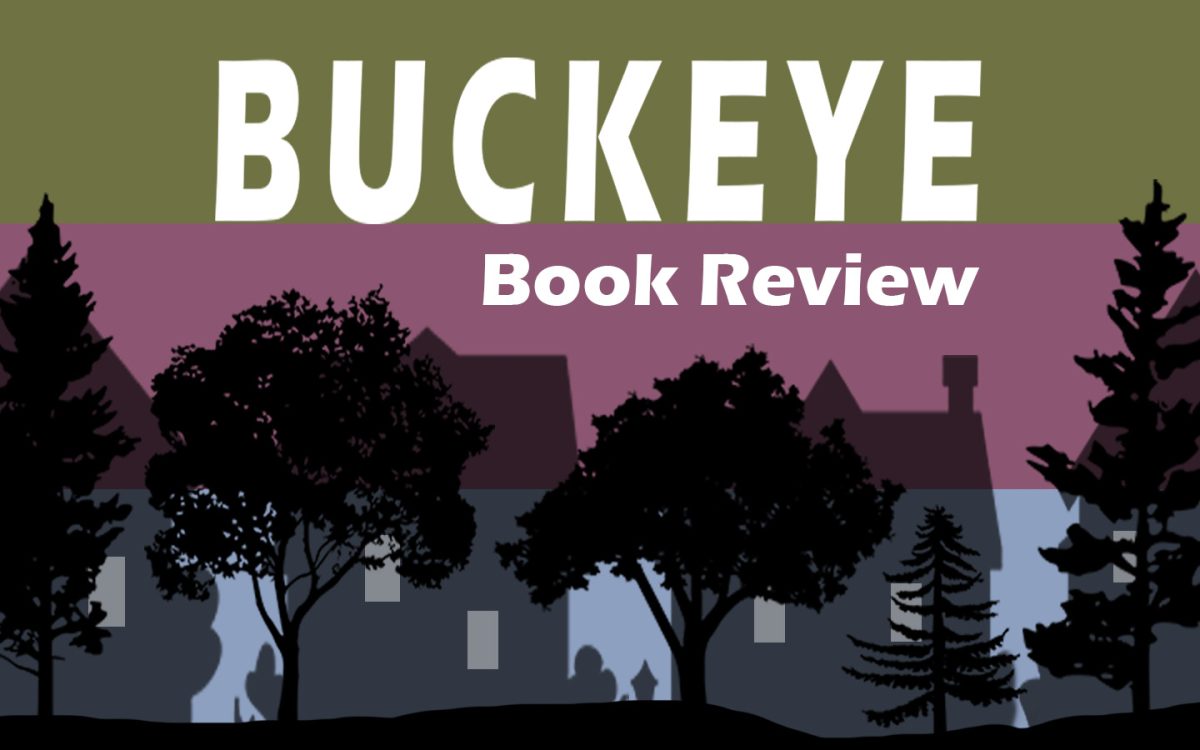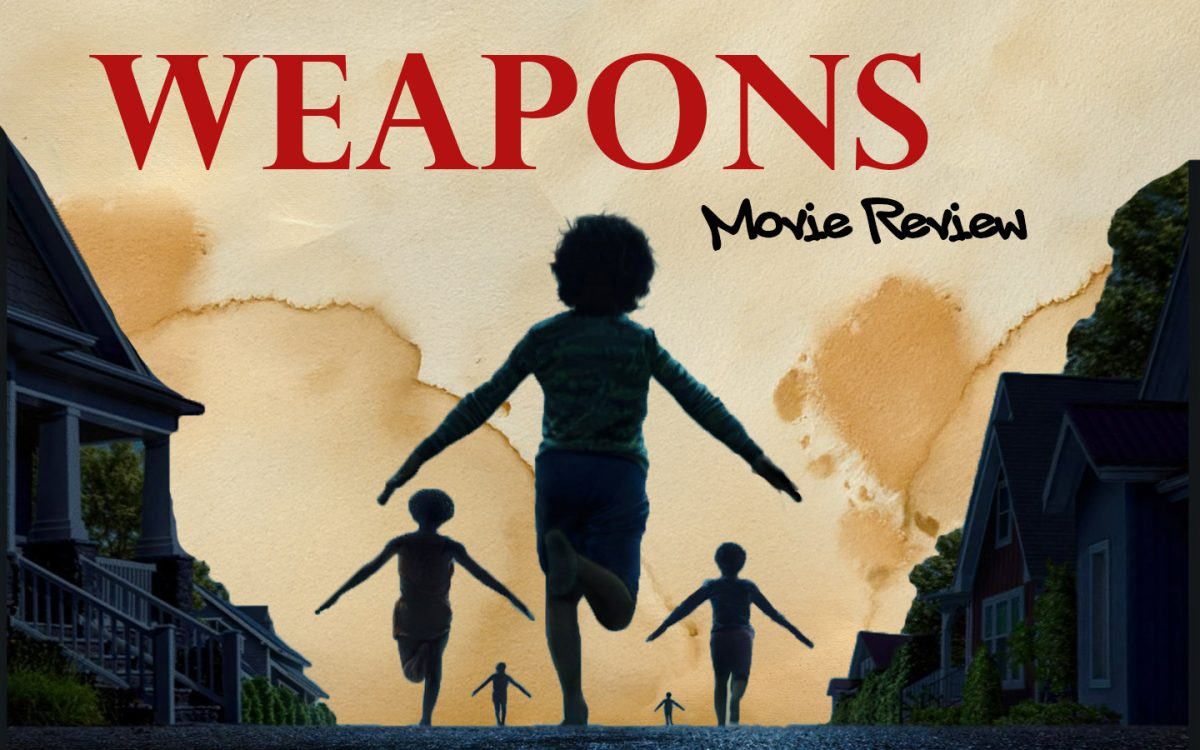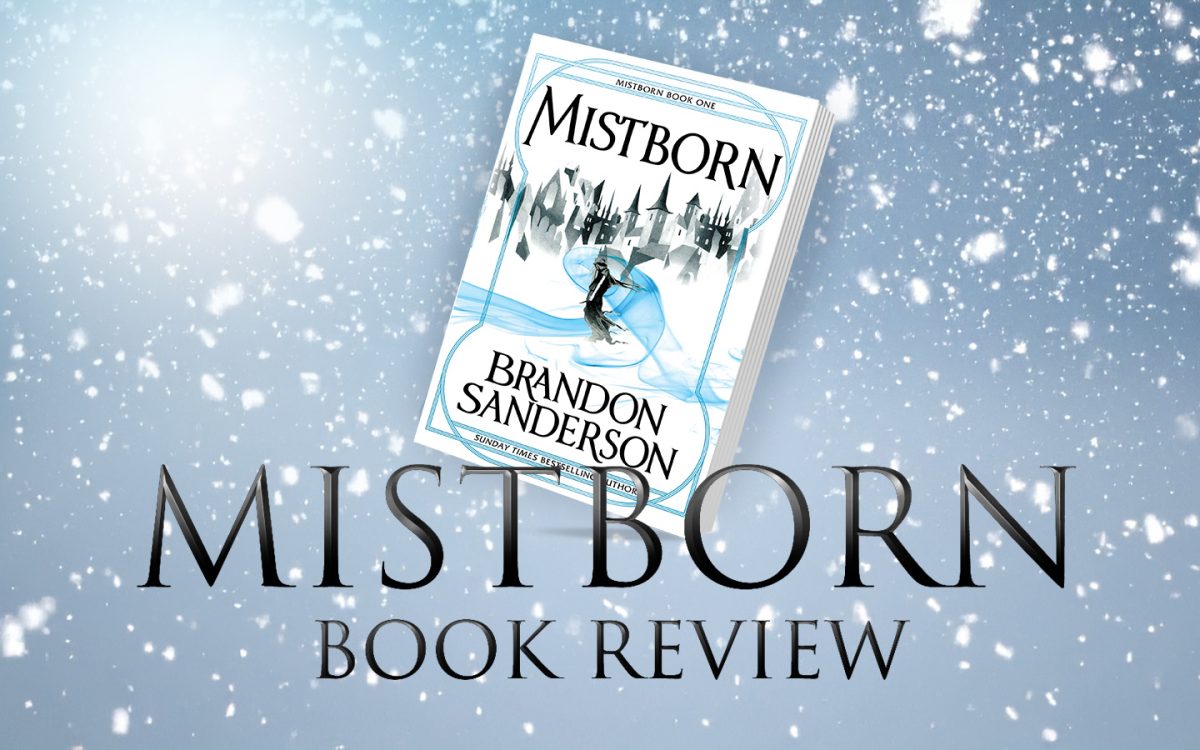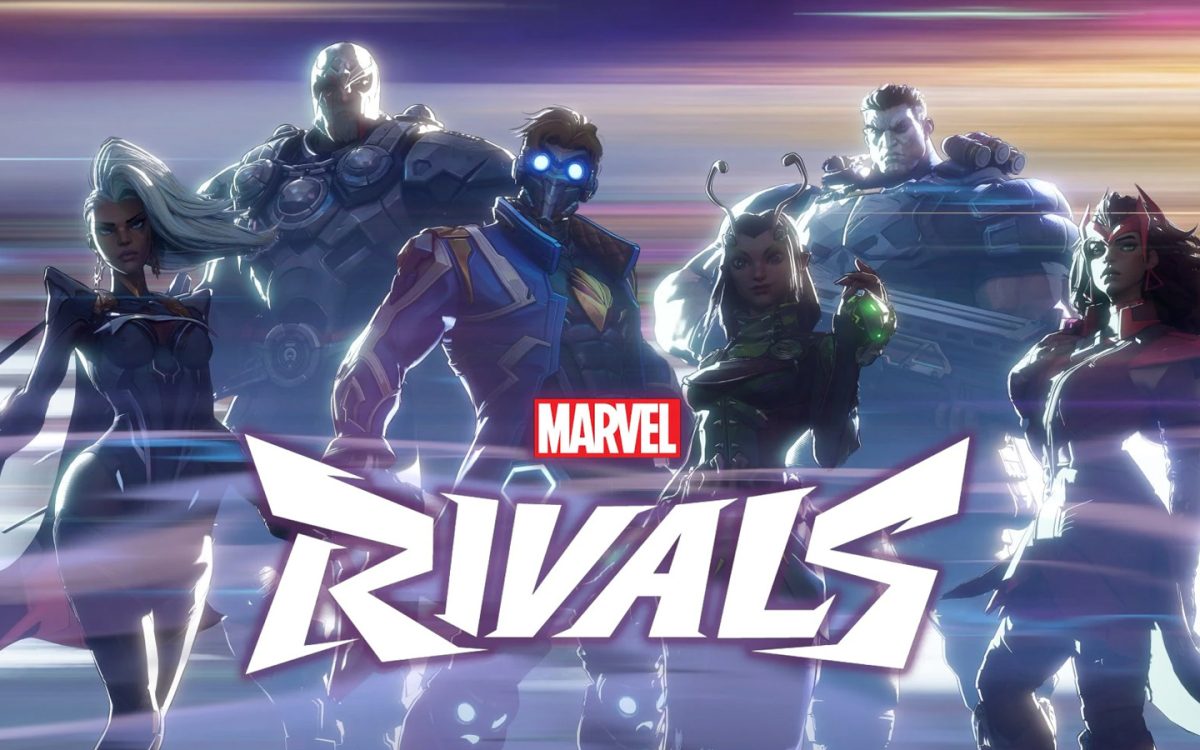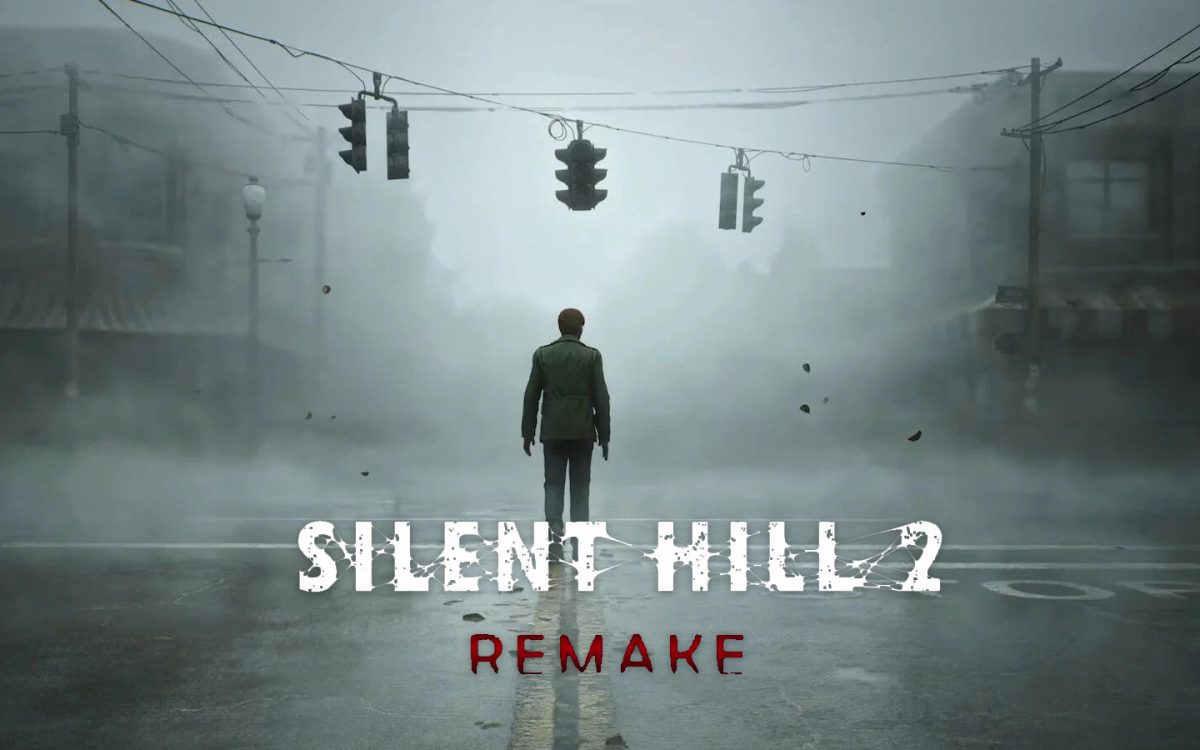“This is How You Lose The Time War”
By: Amal El-Mohtar and Max Gladstone
Genre: Science Fiction, LGBTQ+, Epistolary, Romance
Trigger Warnings: War, Animal Killing, Gore, Self-Harm, Torture, General Violence, Rape (mentioned), Sucide (mentioned)
Available in: Paperback, eBook, Google Play Books and Audiobook
First Published: July 16, 2019
Rating: 9 / 10 Stars
Like most science fiction books about war, this book is about division.
A divide is apparent between warring factions in time. The Garden is one such faction, and represents a future post-humanity where people are enveloped by a hive mind entity and nature rules all. Forever opposing it is The Agency, a future where technological advancement rules humanity with an iron fist. Both are different in form but similar in oppressive single-mindedness.
The first main character, Red, belongs to The Agency and the second main character, Blue, belongs to The Garden. They are destined to forever oppose each other in order to achieve a future where their ruling faction’s prime directive is achieved. Yet, the whole story starts when Blue sends Red a letter, breaking the prime directive and instructing her to burn it before reading. From there on, the interactions between the characters are entirely done through letters with scenes of world building interjecting to break up the pace. An example of this happens at the start of the book where the author describes a battlefield, while describing the battlefield The Agency and The Garden are first described.
“This is How You Lose The Time War” becomes unique because two authors have taken to writing each character separately and stringing together the resulting correspondence. Red’s letters are written entirely by Max Gladstone, and Blue’s by Amal El-Motar. The authors wrote a general outline beforehand, but the characters’ reactions were developed with a genuine reaction from each author receiving each letter passed between them. Because of this, each character has a distinct voice and true soul.
“This is How You Lose a Time War” was overwhelming as well as delighting in confusing, wrong-footing, and exasperating its reader. This type of novel demands the reader to pay attention, which is a double edged sword.
“This is How to Lose a Time War” is an exhausting read for being only 208 pages. Yet, every prose is written with explicit lyricism and sustained beauty that works as a fractured mosaic of a painting in novel form. However, there is too much of this prose, and it evidently hinders the narrative of this novel.
Despite this, the book teaches the reader how to read it. Which is done best in small bursts where every sentence can be devoured, extrapolating meaning from scraps of a meal, and slowly stitching the parts together to see the whole picture.
Fans of science fiction and time travel will enjoy this book because the book has a habit of demanding its readers to already understand concepts like the versatility of time travel and the pressure of war.
Fans of romance, especially LGBTQ+ romance, will enjoy this book because the book shows the soul each character provides. Rather than tell, the authors do their best to show the readers what they mean through the actions of their characters. Also, the banter between the characters is wonderfully done and made for an exquisite read.
Lastly, the trigger warnings seem intense, and they are present. However, the book focuses more on how the characters interact with each other and the world around them than on the things in the warnings. The authors use the warnings as a device to ground a concept like a time war.
Overall, this novel rightfully earns a 9 / 10 and should earn a spot on any avid readers must read list.





